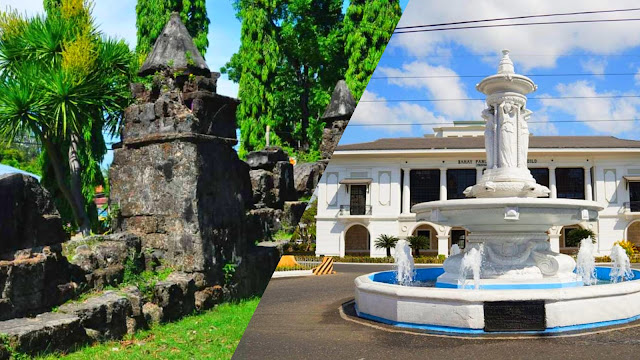The National Museum of the Philippines has recently recognized two landmarks in Iloilo for exceptional and outstanding historical, cultural and artistic significance to the Philippines.
These are the 1854 Taytay Boni bridge in Miagao, Iloilo and the Old Iloilo Provincial Capitol, also known as the Casa Real, with the 1927 Arroyo Fountain in Iloilo City.
Taytay Boni was declared “as an intrinsic part of the declaration of National Cultural Treasure pertaining to the Santo Tomas de Villanueva Parish Church Complex,” said NM director general Jeremy Barns.
The Santo Tomás de Villanueva Parish Church of Miagao was declared a national shrine in 1973 under Presidential Decree No. 260 and as a national cultural treasure in December 2014.
It also one of the four Spanish-period Baroque churches in the Philippines that were inscribed in the UNESCO World Heritage List in 1993.
The inclusion of Taytay Boni as an NCT being an intrinsic part of the Miagao Church complex was made under Museum Declaration No. 36-2000 approved on December 28, 2020.
Built by forced labor during the Spanish era, Taytay Boni is made of stone slabs and was named after Bonifacio Nuelar, its construction foreman.
Jeremy Barns, director general of the National Museum, informed Miagao Mayor Macario Napulan of this development in a letter dated August 23, 2021.
Gov. Arthur Defensor Jr., who was furnished with a copy of the letter, received the notice on February 3, 2021 along with another letter informing him that the Old Iloilo Provincial Capitol, with the Arroyo Fountain, was declared as an important cultural property.
The declaration of the two landmarks in Iloilo City was made under Museum Declaration No. 36-2020 after a nomination was made by “a Panel of Experts” on December 17, 2020.
The Old Iloilo Provincial Capitol, first completed in 1873 and renovated in 1910, was vacated after it was hit by fire in November 1998 and a new provincial building was inaugurated in November 2003.
What remained of the Old Iloilo Provincial Capitol was repaired and the structure was declared a historical landmark by the National Historical Institute in 2010.


